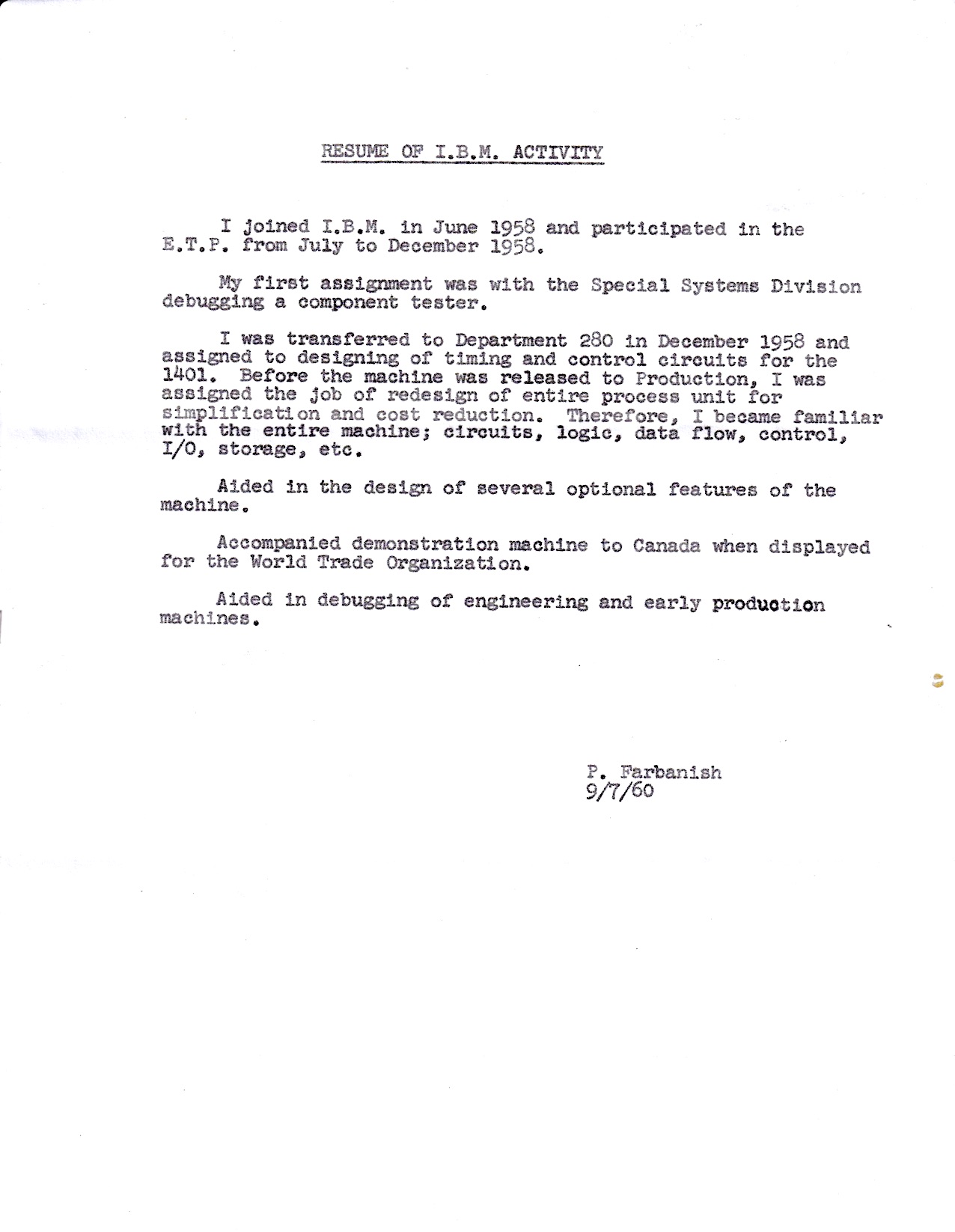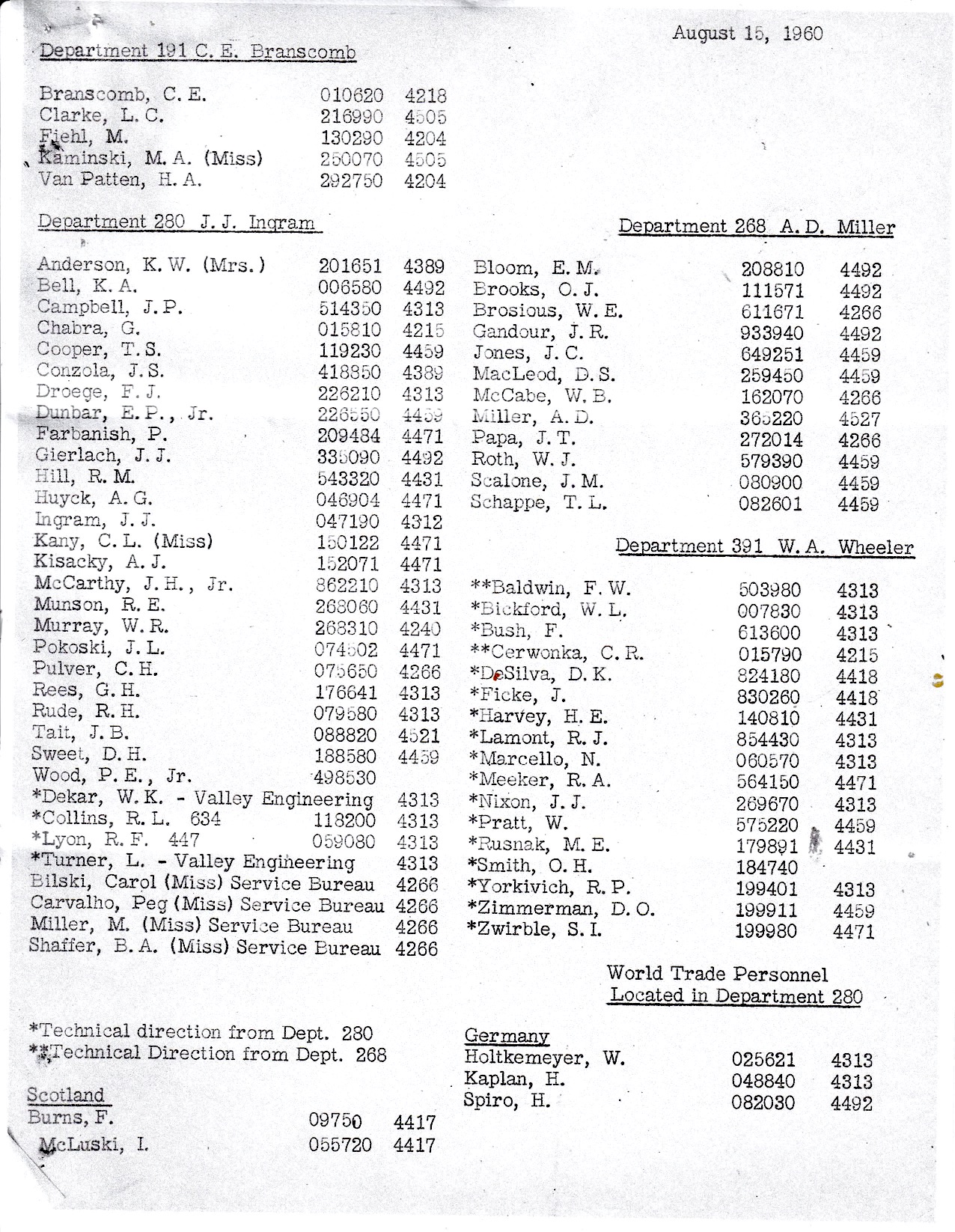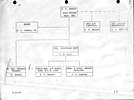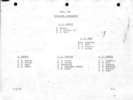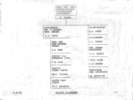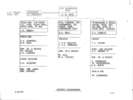IBM 1401 1960s Org Charts w Q&A
IBM 1401 1960s Org Charts
from John Pokoski from Paul Farbanish via John Pokoski
| |||||
from John Pokoski
| |||||
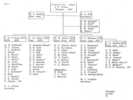
endorg63 |
Q&A - Questions and Answers
Questions by Robert Garner, Answers (indented) by John Piloski
|
1) What were the roles of the four 'Miss' women from the 'Service Bureau' in Jim's Dept 280?
2) What were the roles of the two lads from Scotland and the three folks from Germany in Dept 280? I could tell that the heat was really on, but when I went to the factory and met the Scots and Germans, you couldn't tell it by them. (In contrast, when I went on an emergency call to the field the customer engineers, salesmen, field engineers, etc, would be panic stricken and happy to give me all responsibility.) Anyway, I liked all four fellows (the two German Hans's and the Scots), but they didn't love each other. The Scots giggled to me in private about how they teased the Germans about WW2. They would sing to the tune of Colonel Bogey March "Hitler has only got one ball; Goehring has two but they're too small; Himmler is very similar; But Goebbels, he has none at all." They were typical Scotsmen, short and wiry, and I am sure were WW2 vets. Besides this the Germans were engineers and the Scots were technicians, and the Germans would not dirty their hands by probing panels, etc. They made the Scots do all the manual work. Moreover, the Scots punctually had tea regularly each afternoon, no matter the current problem. So I just took over, working day and night, until the machine passed all tests. The Scots were my technicians but the Germans watched and consulted. All were gone at night. I was sure the heat was on when Chuck Branscomb (whom I hardly knew then) sidled up behind me about 11PM one night and asked how it was going. He then said he knew little about the machine but would do anything to help, like probe. I never forgot that. The two Hans's were very nice and told me that if I ever got near Sindlfingen, to look them up. In 1977 I was near there with my family while on sabbatical and almost did so, but I spared them. Incidentally, the Sterling option was designed by a brilliant, handsome, young English engineer whose name I forgot. He was a nice guy but gone by debug time. I sometimes wonder how far up the ladder he went. 3) In Dept 391 'Product Engineering,' what was the role of Stephen Bespalko, "Features for F. Underwood"? Fran's name is no longer on the org charts, so he had just been transferred to San Jose, but was still "in-the-loop"?* Based on Bespalko's drum/disk-related patents (link), was he from or actually located in San Jose? So I knew the new system well when it came time for me to debug it a few months later on the factory machine. Steve and I were both "hunkies" from eastern Europe backgrounds, and Catholics as well. He tipped me off about how to buy Old Reading beer by the case by leaving an empty case and the money on your front stoop on Saturday morning to be replaced by the beer truck driver with a full one. Steve said you could tell the Catholic households by the beer cases on Saturday mornings. Steve was also my bird hunting buddy until I learned that his semi-trained English Setter scared all the birds away. 4) In Dept 268 1401 'Processor Unit', it sounds like there was a fair degree of redesign/re-factoring. Do you recall the main motivations? Lower cost, improve timing margins, improved manufacturabilty, etc? 5) I've always been curious: How did you do timing analysis back then(?); i.e., make sure that the circuits met all setup and hold times given the 11.5 microsecond clock period? Hand scratching on paper, spreadsheet-like program, or just intuition/luck? :)) |
Justin McCarthy writes (March 1, 2009)
Updated Sept 10, 2020
go back to Origins of Architecture and Design of the IBM 1401

